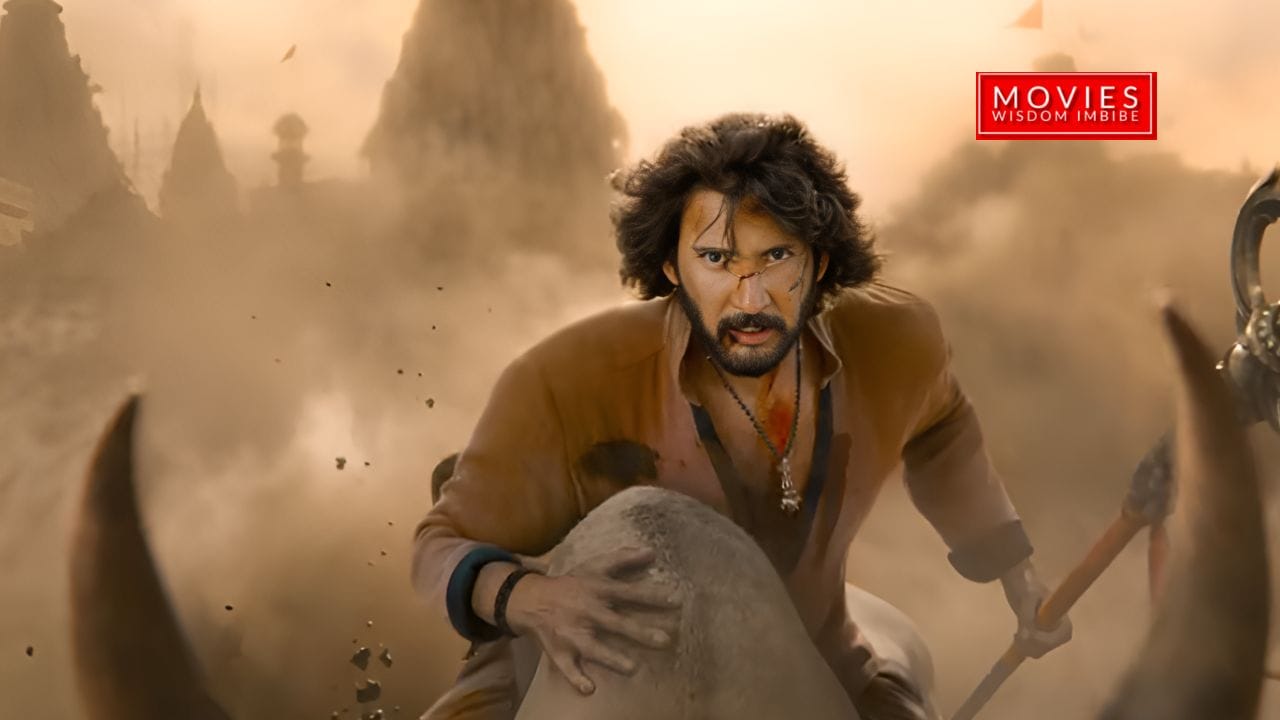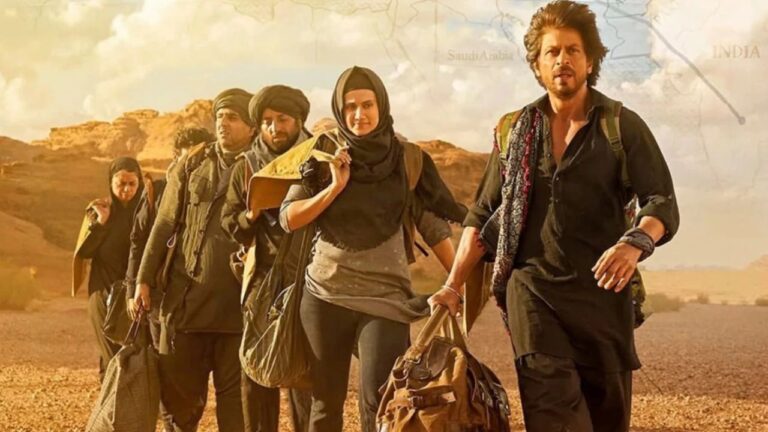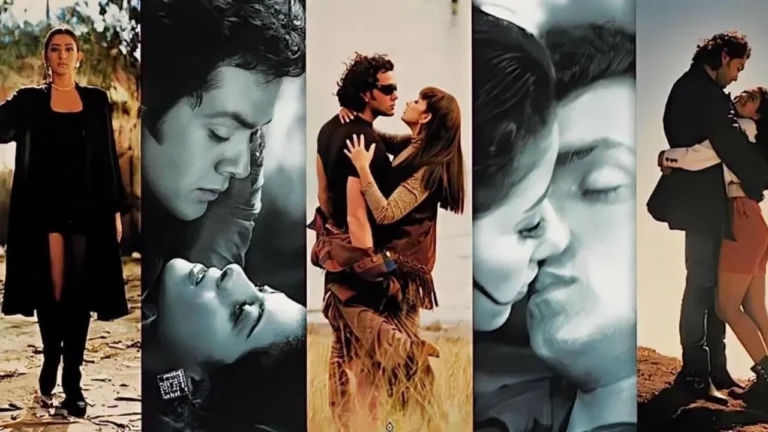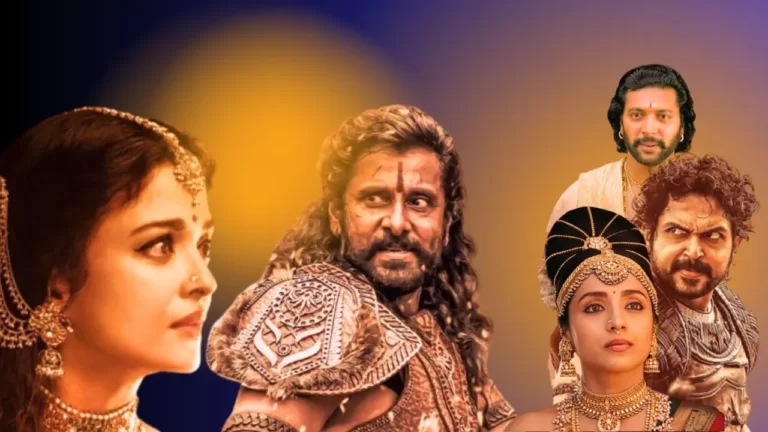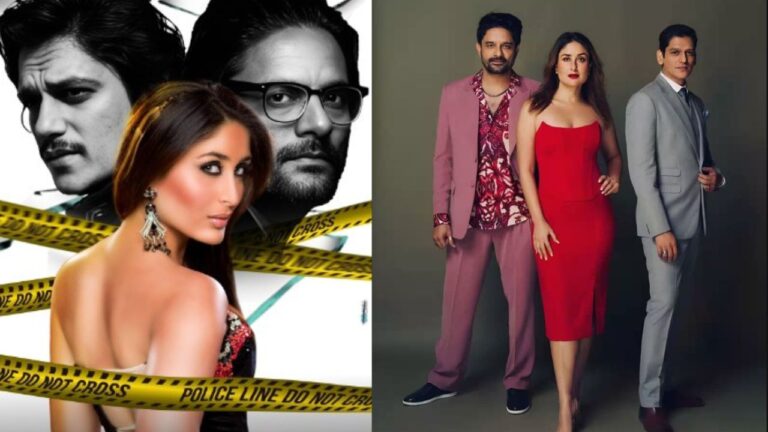SS Rajamouli’s Varanasi: The Epic Time-Travel Adventure Set to Redefine Indian Cinema with a Rumored ₹1000 Crore Budget
In the ever-evolving landscape of Indian cinema, few directors command the kind of global reverence reserved for S.S. Rajamouli. From the monumental Baahubali saga to the Oscar-winning spectacle RRR, Rajamouli has masterfully blended indigenous storytelling with Hollywood-scale production values, captivating audiences worldwide. Now, just days after a jaw-dropping unveiling event in Hyderabad, the visionary filmmaker has pulled back the curtain on his most audacious project yet: Varanasi. Starring Telugu superstar Mahesh Babu, global icon Priyanka Chopra Jonas, and acclaimed actor Prithviraj Sukumaran, this globe-trotting, time-travel epic promises to be a cinematic behemoth. At the heart of the buzz? Whispers of a staggering budget exceeding ₹1000 crore, positioning Varanasi as one of the most expensive Indian films ever greenlit.
The announcement came on November 15, 2025, at the sprawling Ramoji Film City in Hyderabad, during the extravagantly titled “GlobeTrotter” event. Over 50,000 fervent fans packed the venue, their chants of “Jai Babu!” echoing like thunder as Rajamouli took the stage. Flanked by his star-studded cast, the director revealed not just the film’s title but a nearly four-minute teaser that transported viewers across millennia—from the ancient ghats of Varanasi to futuristic battlegrounds and mythical realms inspired by the Ramayana. “This is Indian cinema’s biggest brand, flexing his ambition,” marveled Prithviraj Sukumaran during the event, encapsulating the palpable excitement.
A Star-Powered Cast and a Mythology-Meets-Sci-Fi Narrative
Varanasi—previously known by working titles like SSMB29, GEN 63, and GlobeTrotter—marks Rajamouli’s first collaboration with Mahesh Babu, the Telugu industry’s reigning superstar often dubbed “Superstar” for his effortless charisma and box-office pull. In the teaser, Babu emerges as Rudhra, a fierce warrior astride a mechanical bull, his eyes blazing with intensity amid swirling sands and towering temples. “Presenting Mahesh Babu as Rudhra in #Varanasi: On the rise to the world,” read the caption accompanying the clip, which quickly amassed millions of views across social media.
Joining Babu is Priyanka Chopra Jonas, making a triumphant return to Indian cinema after her Hollywood sojourn. Her first-look poster depicts her as Mandakini, a gun-toting force in a vibrant yellow sari, perched precariously on a cliff’s edge—a visual that screams empowerment and adventure. Prithviraj Sukumaran rounds out the lead trio as Kumbha, bringing his nuanced intensity to what Rajamouli described as a “sweeping, globe-spanning narrative.” The film is produced by KL Narayana and Rajamouli’s son, SS Karthikeya, under the banners of Sri Durga Arts and Showing Business.
Plot details remain tantalizingly shrouded, but the teaser offers glimpses of a narrative that defies convention. Spanning thousands of years, Varanasi weaves time-travel elements with Hindu mythology, including a pivotal sequence drawn from the Ramayana. Rajamouli, a lifelong devotee of epics like the Ramayana and Mahabharata, revealed that this 60-day shoot demanded “elaborate planning and fresh visual imagination” for every frame. “I never imagined I would get to shoot an important episode from the Ramayana this early,” he shared, his voice laced with childlike wonder. The story isn’t confined to India’s spiritual heart—the titular city of Varanasi—but extends to international locales, with shoots already wrapped in Hyderabad and Odisha, and an upcoming schedule in Kenya.
What sets Varanasi apart from Rajamouli’s prior epics? It’s the seamless fusion of mythology and science fiction, promising a “TimeTrotter” adventure that transcends timelines and borders. Several sequences have been captured in IMAX format, ensuring an immersive experience when the film hits theaters in summer 2027—potentially as two three-hour parts to accommodate its vast scope.
The Budget: A Monumental Gamble on Visionary Scale
While official figures remain under wraps, industry insiders and reports paint a picture of fiscal audacity that could eclipse even RRR‘s ₹550 crore outlay. Sources close to the production suggest the budget will surpass ₹1000 crore, fueled by lavish sets, cutting-edge VFX, and a global shoot. “The movie is being made on a massive scale,” confirmed one outlet, aligning with Rajamouli’s reputation for perfectionism—where every frame is a battleground for innovation.
A prime example? The film’s centerpiece Varanasi set, painstakingly recreated at Ramoji Film City to sidestep logistical hurdles in the real holy city. Costing between ₹40-50 crore alone, this sprawling replica boasts authentic Nagara-style temples, iconic ghats, and riverfronts, consulted with historians for historical fidelity. Production designer Mohan Bingi oversaw the build, incorporating green-screen tech and pilgrimage traditions to evoke the city’s spiritual essence. Add to that “many crores” allocated to the graphics department for world-class VFX—collaborating with international artistes—and the numbers quickly balloon.
Rajamouli’s track record justifies the investment. RRR not only recouped its costs but became a cultural phenomenon, grossing over ₹1200 crore worldwide and snagging an Academy Award for Best Original Song. Baahubali 2, meanwhile, shattered records as India’s highest-grosser at the time. For Varanasi, distribution tie-ups with Hollywood studios are already in discussion, aiming to propel it onto the global stage. As Priyanka Chopra Jonas put it at the event: “Rajamouli-sir, you are truly the visionary that has brought Indian cinema to the globe like no one else.”
Challenges, Hype, and the Road to 2027
Production hasn’t been without hurdles. An earthquake in Japan delayed pre-vis work, and early international shoots in Kenya were postponed. Yet, Rajamouli’s meticulous approach—documenting challenges via featurettes, as he did for RRR—only heightens anticipation. The teaser, streamed live on JioHotstar, showcased IMAX footage on a 100-foot LED screen, leaving fans in awe. Social media erupted: “From Globetrotter to TimeTrotter… Only SS Rajamouli has the vision,” tweeted one admirer.
Critics and fans alike are watching closely. Can Varanasi match RRR‘s crossover appeal while navigating its complex mythology-sci-fi hybrid? Rajamouli seems unfazed, urging audiences to “follow the rules” at screenings and teasing more reveals. As he reflected on his Ramayana sequence: “It will be one of the most memorable highlights.”
In an industry increasingly dominated by franchises and formulas, Varanasi stands as a bold testament to unbridled ambition. With a rumored ₹1000 crore war chest, a dream-team cast, and Rajamouli’s signature grandeur, this isn’t just a film—it’s a declaration. Indian cinema isn’t just arriving on the world stage; it’s rewriting the rules. Mark your calendars for 2027: The world will never be the same.

